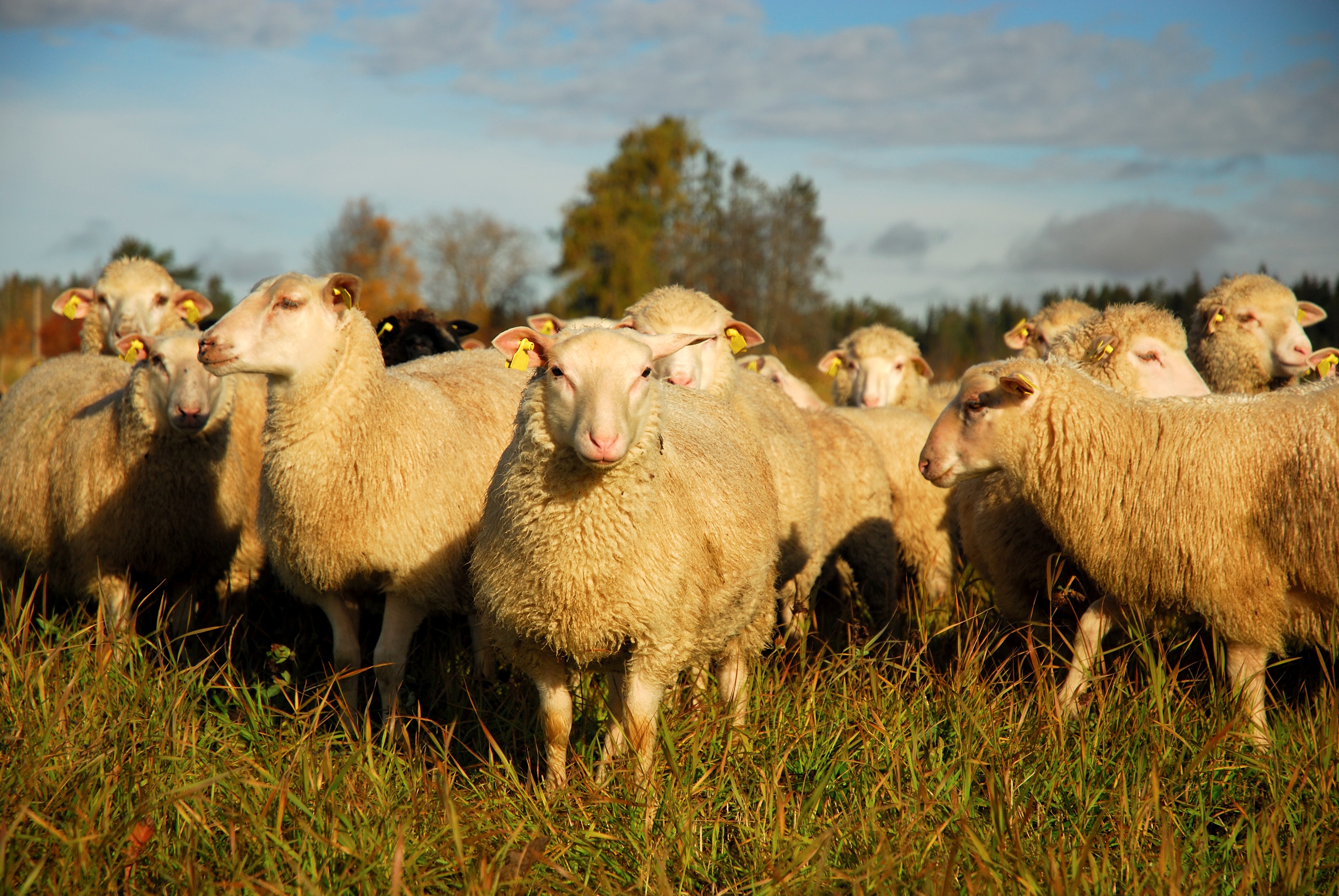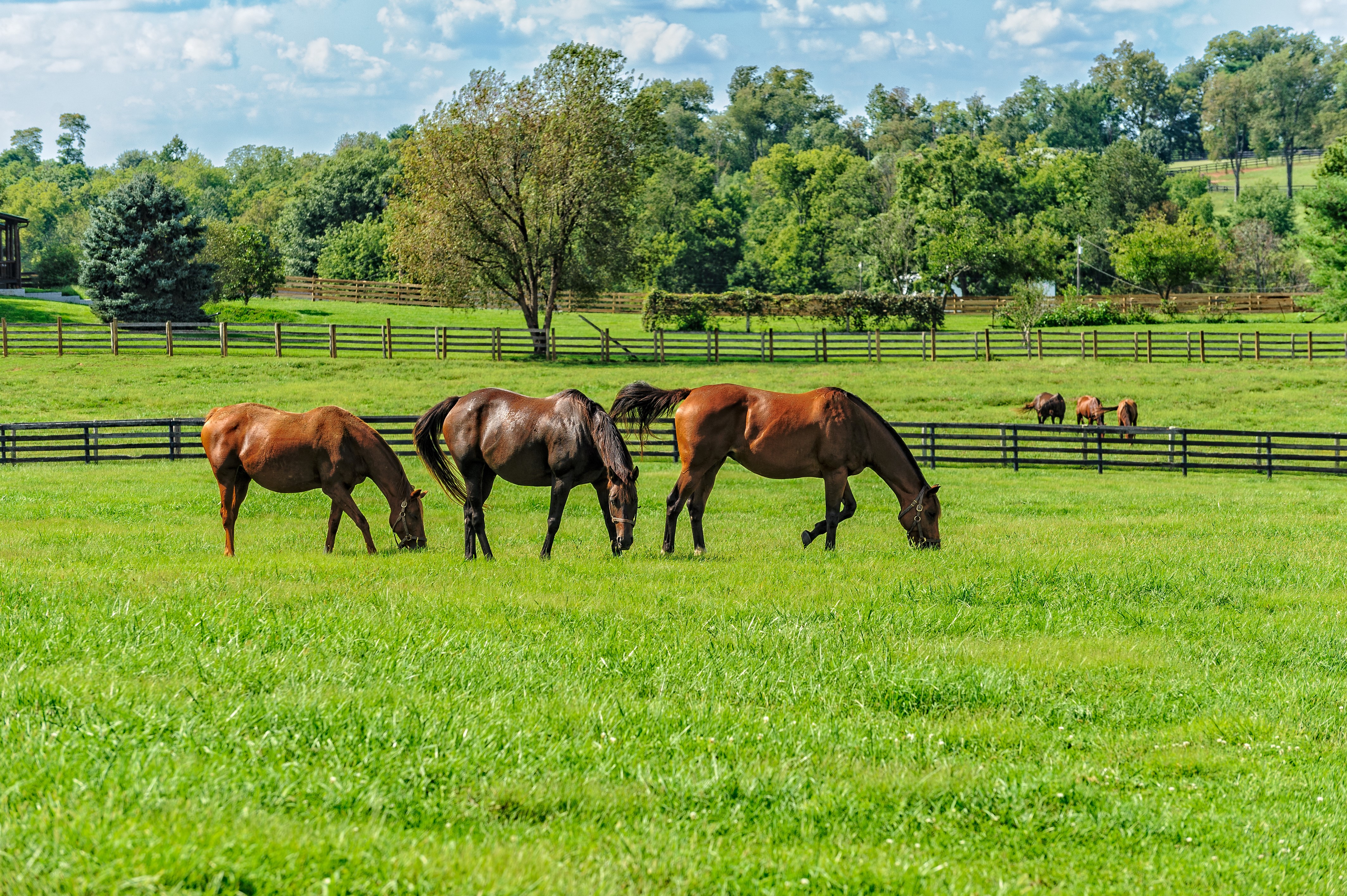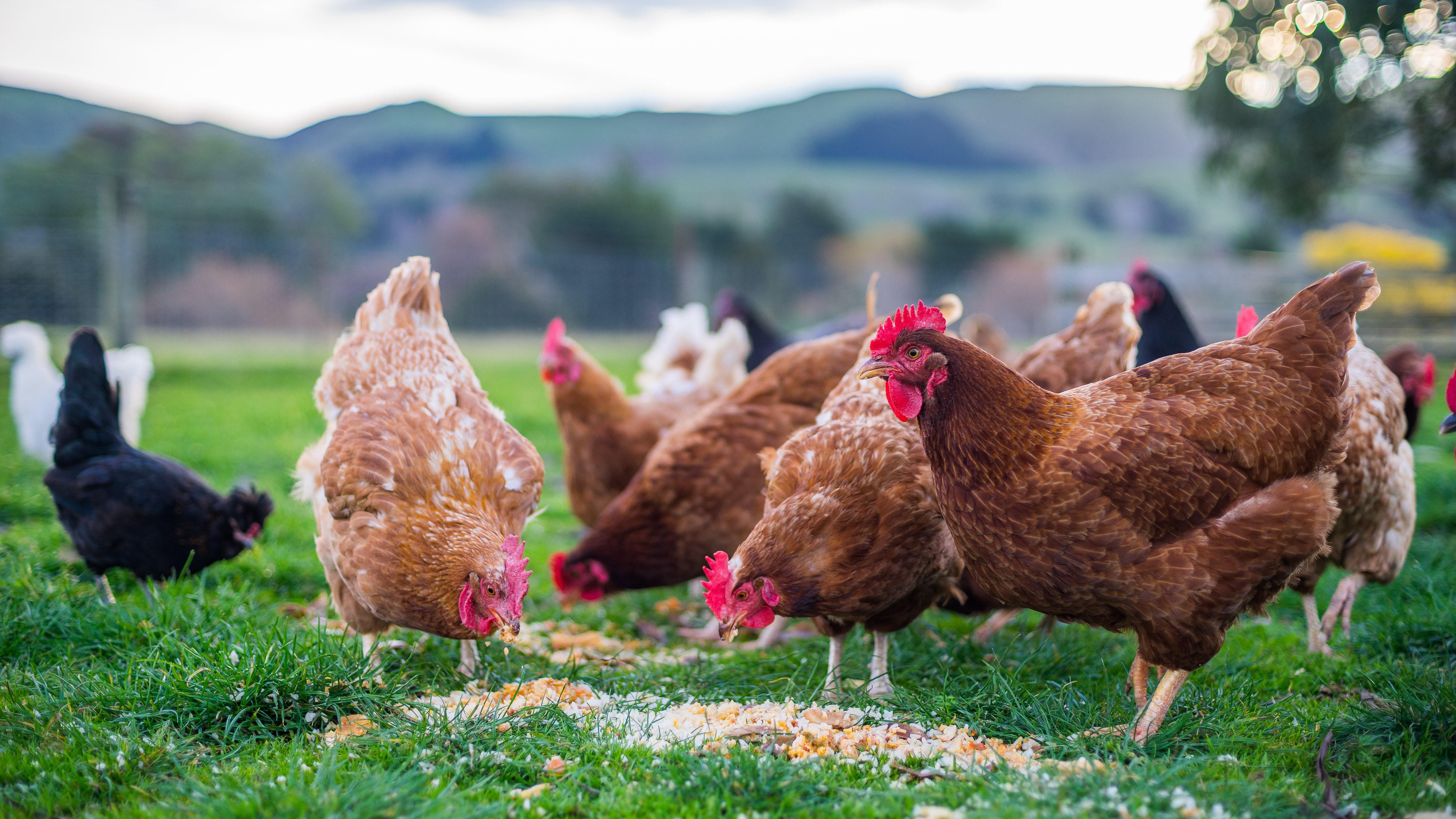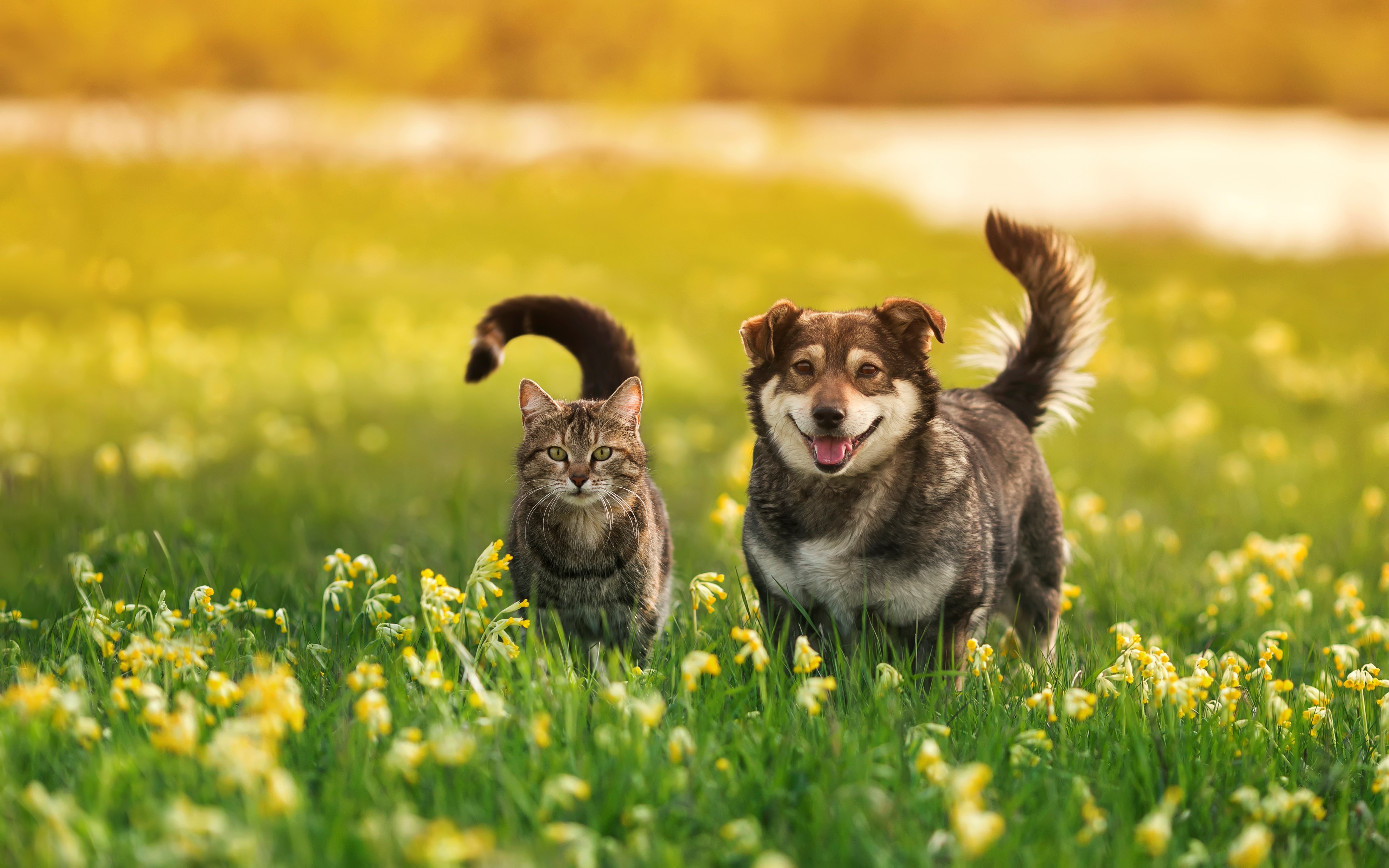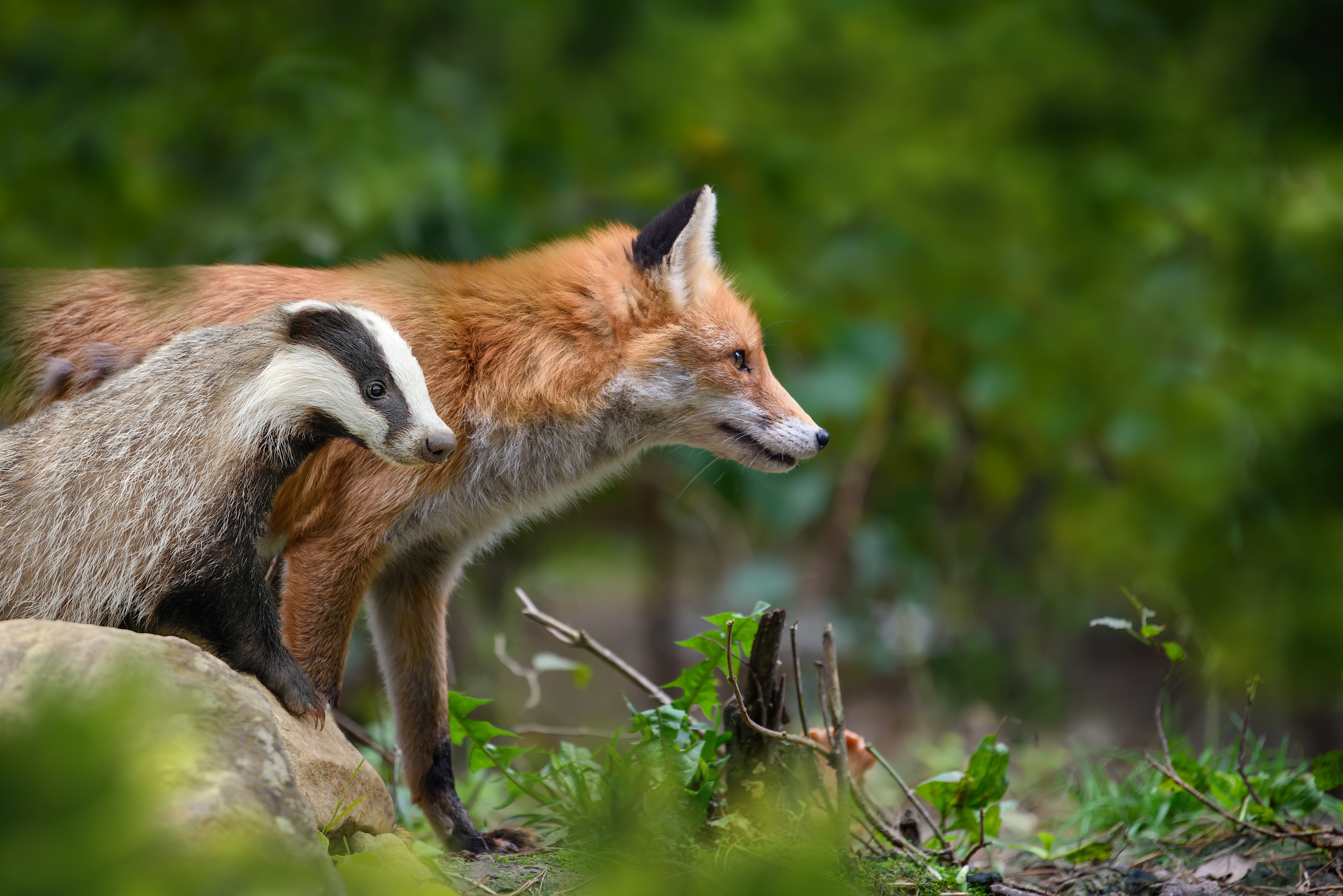Mastitis is an inflammation of the mammary gland and is usually caused by bacterial infection. Sources of mastitis causing bacteria can included other cows (contagious mastitis) or the farm environment (environmental mastitis).
2380 milk samples were submitted for mastitis culture during 2017 .
With the rapid expansion of the Irish industry since the abolition of milk quotas, the risk of disease has risen on most dairy farms. Mastitis, both clinical and sub-clinical , has long been considered to be the most costly disease of dairy herds, as it significantly reduces profitability by depressing milk yield through damage to mammary gland secretory tissue.
| Result | Count | Percentage |
|---|---|---|
| No Significant Growth | 565 | 23.7 |
| Staphylococcus aureus | 530 | 22.3 |
| Other Isolates | 426 | 17.9 |
| Streptococcus uberis | 355 | 14.9 |
| E. coli | 242 | 10.2 |
| Contaminated | 99 | 4.2 |
| Streptpcoccus dysgalactiae | 96 | 4.0 |
| Bacillus spp. | 37 | 1.6 |
| Trueperella pyogenes | 28 | 1.2 |
| Listeria moncytogenes | 2 | 0.1 |
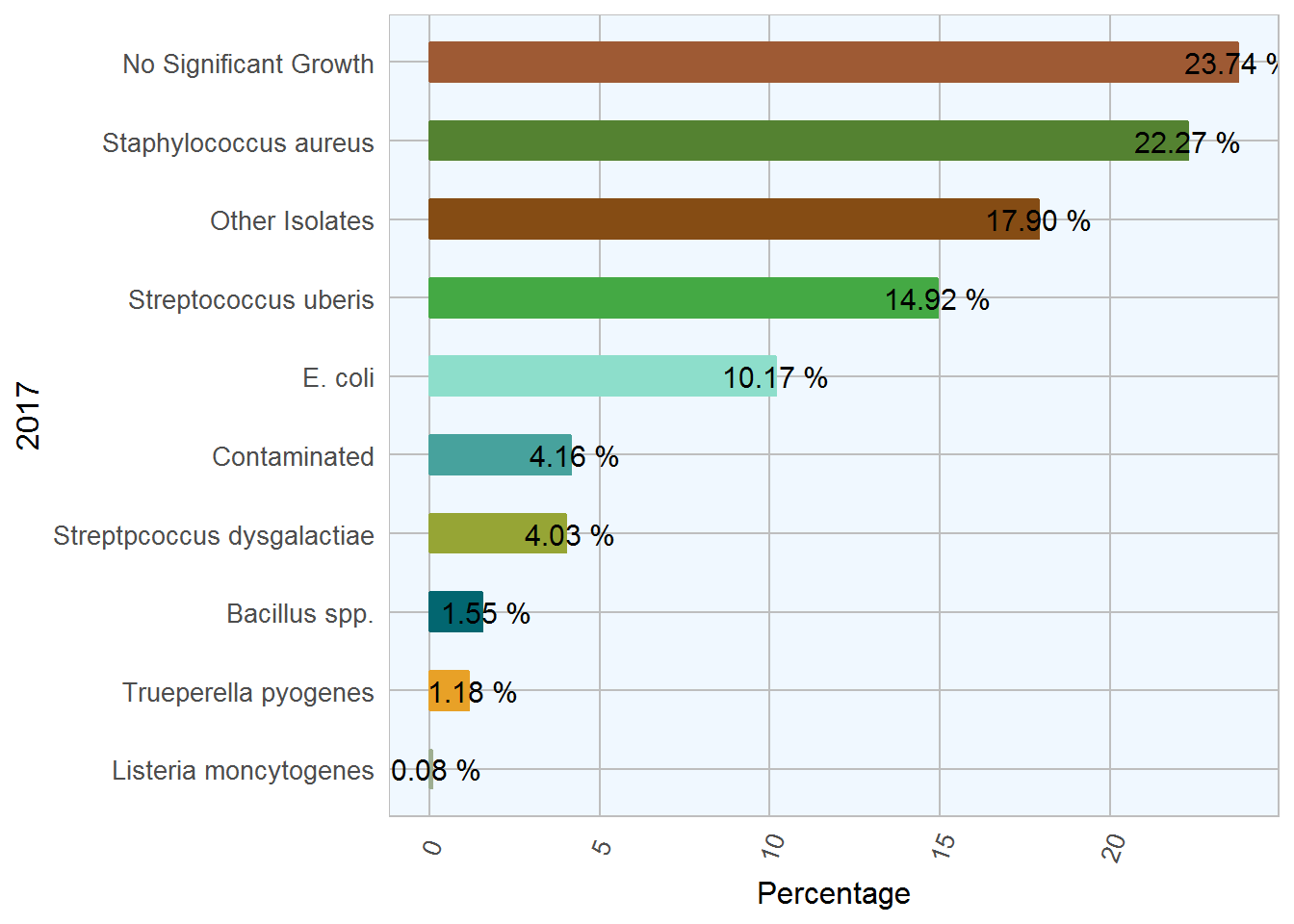
Figure 6.1: The relative frequency of selected mastitis pathogens during 2017
Milk culture is a valuable tool that can be used as part of a mastitis control program. Bacterial infection is responsible for the vast majority of cases of mastitis, and identifying the agent responsible gives important information about the possible source of infection (contagious or environmental), and where to focus control measures to achieve success in improving milk quality.
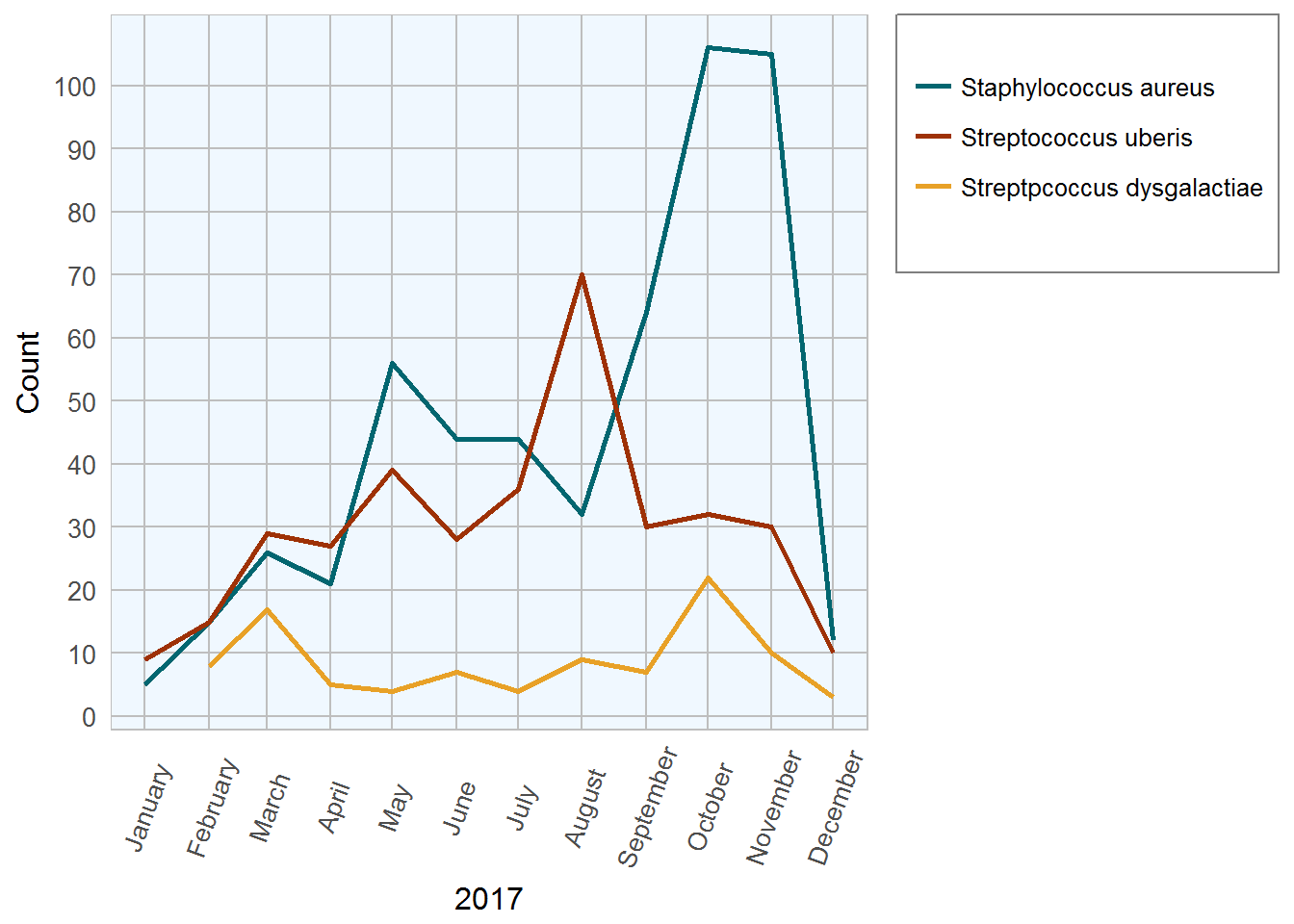
Figure 6.2: The isolation counts,by month, of important mastitis pathogens during 2017
